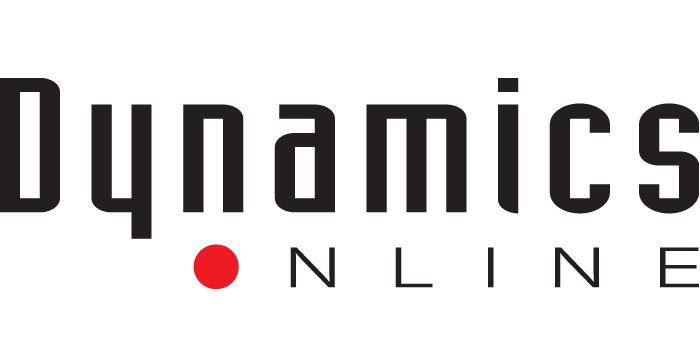Understanding Pay-Per-Click Campaigns – Part Three
Welcome to the exciting conclusion to The Great PPC Trilogy, as it is destined to be called. To avoid spoilers, I’ll recap:
Part 1 dealt with the definition of PPC Campaigns and why they’re a good idea.
Part 2 dealt with how Google AdWords works and the basic structure of a campaign.
In this final installment, we will discuss the ways we measure the performance and success of your keyword campaigns through the fantastic tools provided in the Google AdWords interface.
TL;DR: We’re going to look at metrics.
The Big Guns
Naturally, the most important facets for every campaign are the keywords. Keywords typed in by the user determine which ad group is activated and ultimately which ad shows up to bring them to your site. Now, there are upwards of 30 metrics that you can track on every keyword, but that can be overwhelming. Let’s see how the primary metrics play a part in the tracking process.
Impressions
The impressions metric simply measures how many times your ad appeared on someone’s Search Engine Results Page (SERP). So if you’re looking at your list of purchased keywords and see 9,000 in the Impressions column, this means that an ad showed up 9,000 times due to a user typing that keyword (or a close variant).
Clicks
Alright, so your ads showed up 9,000 times. Great! Well wait…is that great? Depends on your goals. If your goal is exposure, then fantastic, you’ve been exposed (digitally) quite a bit already. However, most of the time you’re going to want to see some real action (monetarily), so we need to measure that. This is where the clicks metric comes in – how many times a user clicked on your ad. In that way, Clicks are measuring one of the great sought-after goals of marketing – engagement.
Click-Through Rate (CTR)
Take your Clicks divided by your Impressions and you’ve got your CTR (Clicks/Impressions=CTR). This is the most basic and universal way of determining the effectiveness of an ad: when the user saw it, the content and URL enticed them so much that they simply had to click on it. If you’re reporting this to a client, it’s good to know that a CTR of 2.5-3.0% is generally considered a healthy average. Anything consistently above that and you deserve a raise.
Conversions
This is where it gets a little more complicated, but your efforts will be worth it. A conversion is a blanket term for a user completing a desired action on you or your client’s website: filling out a contact form, signing up for a newsletter, or even purchasing a product. The complicated part is adding a simple piece of HTML code to your site in order to track the conversion. Thankfully, Google can generate this code through AdWords (using the Conversion Tracker tool) and from there it’s a simple copy & paste job to implement it on your site.
So what does the conversion metric mean? It is clear-cut proof that your ad was effective:
- A user typed a keyword
- Your ad showed up on the SERP
- They clicked on it
- They eventually completed one of your desired actions before leaving. Success!
Sometimes, however, it’s not that linear. What if someone only followed steps 1-3 above but navigated to another site before converting? Fear not, Google’s got you covered. Using a cookie embedded in the user’s browser, Google will stay with them for up to 30 days and if they return to your site and convert within that time, it will still be counted as a conversion on your AdWords interface. Ah, technology.
The Money
Realistically speaking, budget and bidding deserves it’s own blog post to really help you understand the way to use it effectively and efficiently. That being said, I still want to touch upon it here for the sake of giving you the whole picture.
Max Cost Per Click (CPC)
This is simply a bid – that maximum amount of money you’re willing to pay for your ad to show up if a particular keyword is searched. Google automates the auction and tells you when you’ve been outbid; it’s up to you to decide which keywords you want to fight for.
Average CPC
Thankfully, placing a Max CPC of $5.00 does not necessarily mean you will be paying $5.00 every time your ad appears and takes the top spot. Google has written another mysterious algorithm that takes relevance, ad copy, and landing page into account when deciding the best ad to display on the SERP. This infographic gives some great detail on that process.
Cost per Conversion
If you are running a Conversion-based campaign (which we absolutely recommend) then this metric will give you the most realistic idea of the value of your AdWords campaign. Have a conversation with your client about what they feel is a reasonable price to pay for a sale or lead and use it as the benchmark for your Cost per Conversion.
Budget and Final Cost
The real bottom line is the simplest – how much did you spend this month? This was perhaps Google’s greatest feature in the whole of AdWords: you will never spend more than your budgeted amount. You heard that right – never. If you set a monthly budget of $300/month, Google will automatically spread that wealth over all of your keywords and all of your ads, taking into account your CPC bids and frequency goals. If you start to approach your budget limit before the end of the month, Google will warn you; if you do nothing, they will stop running all of your ads until the next month starts up again. It’s a wonderful system.
I hope that you now have a functional understanding of Google AdWords and how, using the world’s top search engine, a PPC Campaign can work to market any type of product or service.
If you found anything confusing or are interested in more information, please leave a comment or email me at Anthony@DynamicsUS.com. I’d be happy to talk strategy and get your ads in front of the right people. Cheers!
Anthony Mahramus is the Internet Marketing Strategist at Dynamics Online.
You can reach him by calling (216) 292-4410.




